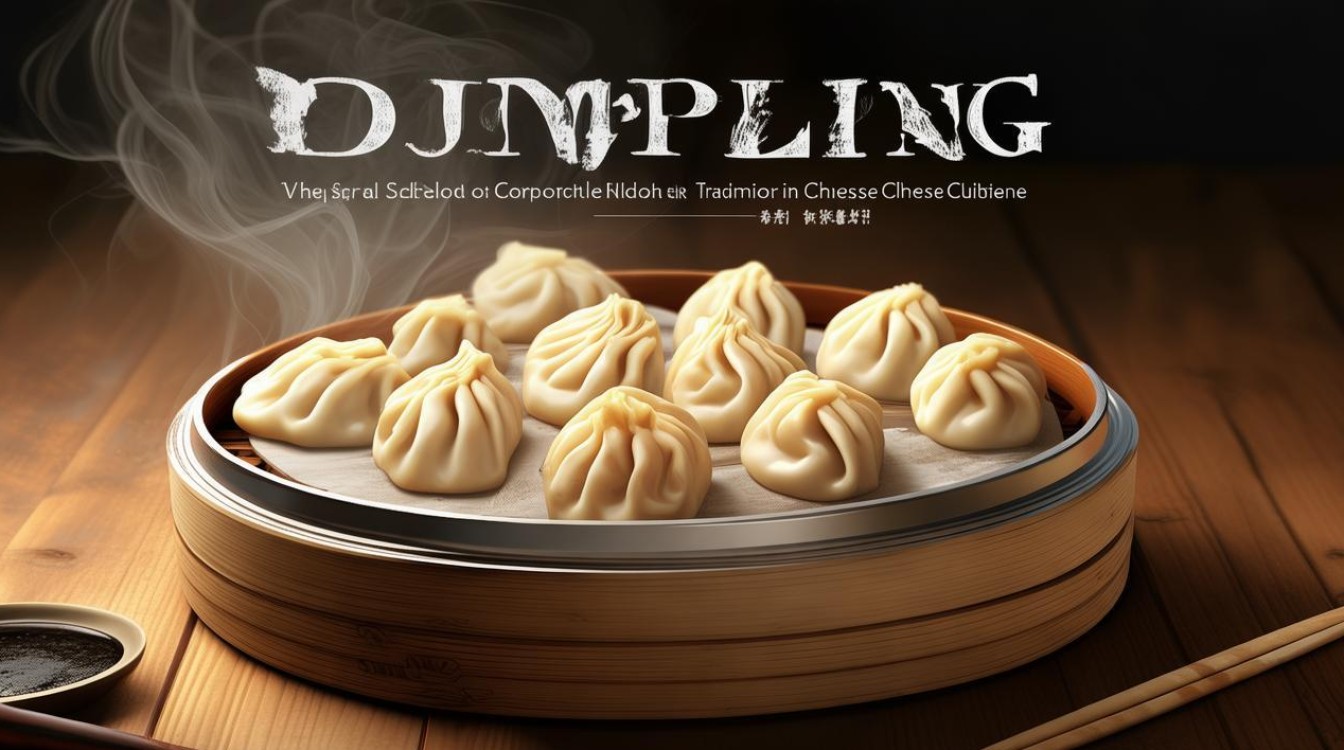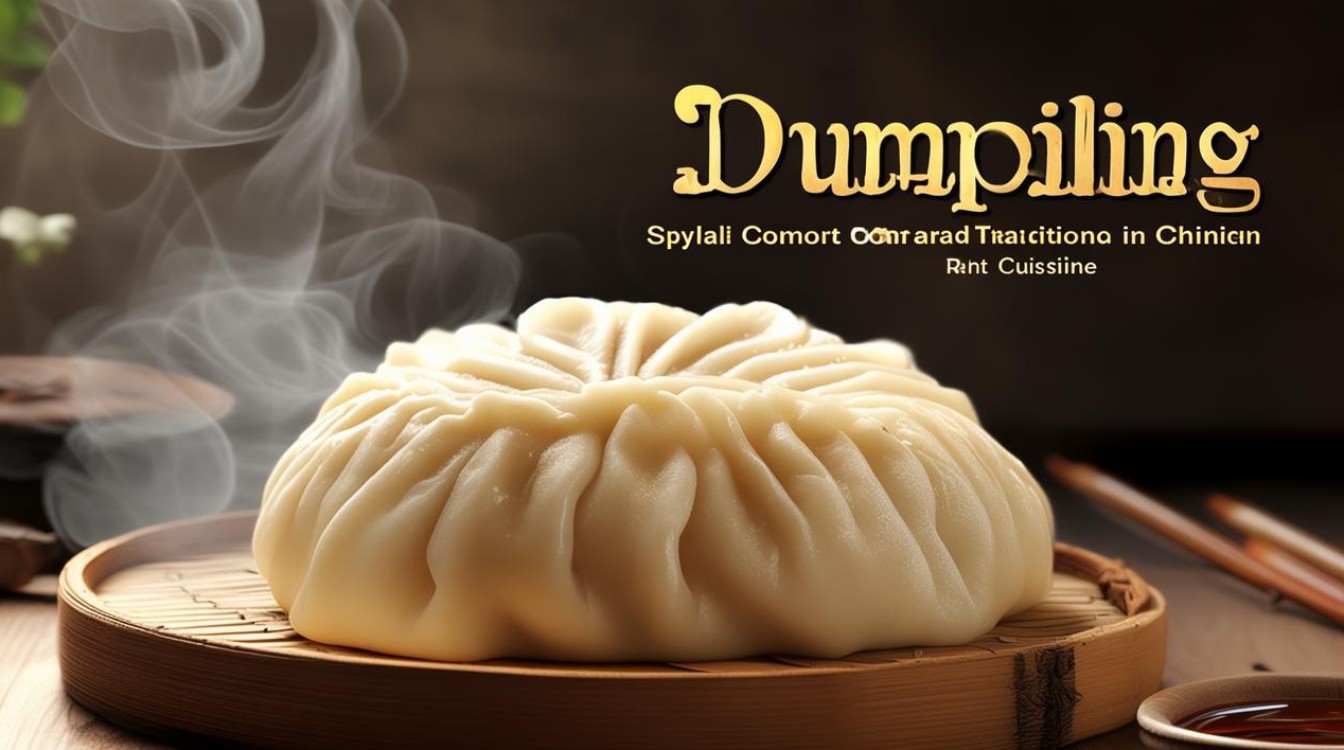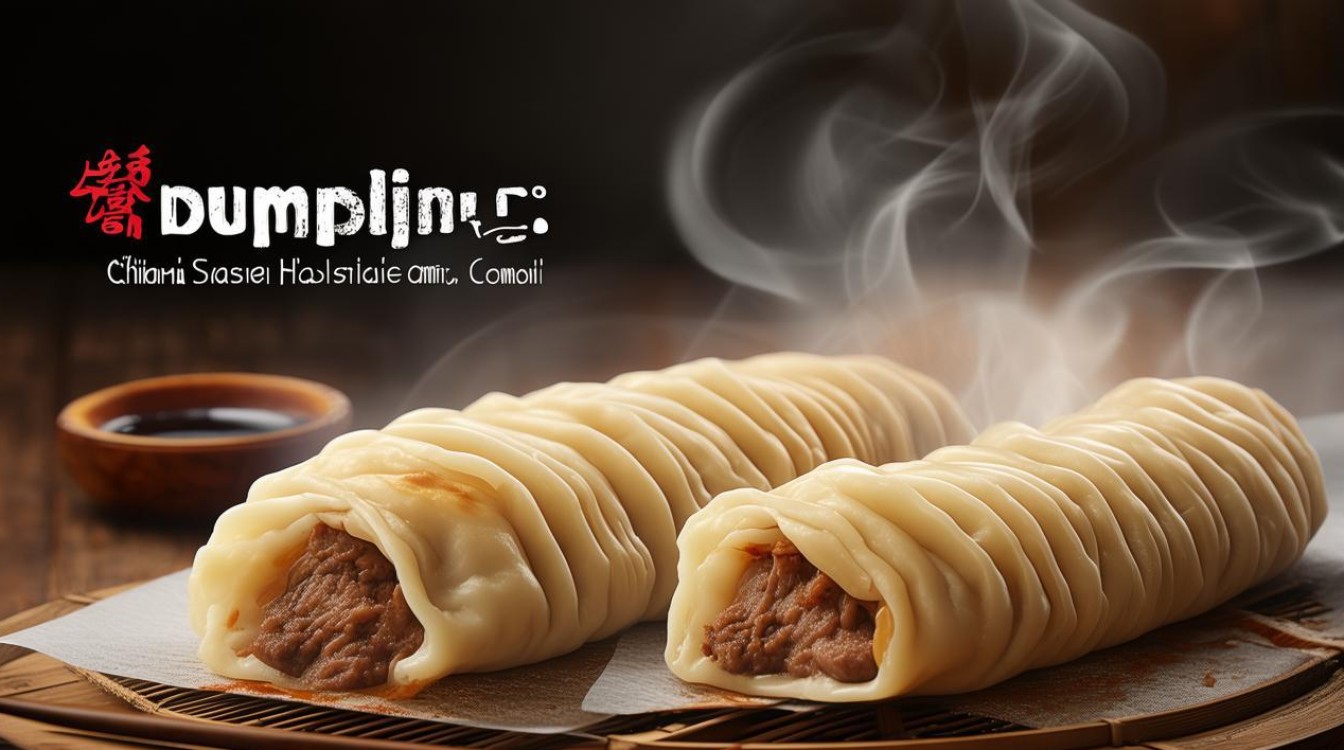When exploring Chinese cuisine, many people encounter the delicious and filling dish known as "肉包子" (ròu bāo zi). But what is the correct English term for it? The most accurate translation is "steamed meat bun" or simply "meat bun". While some might refer to it as a "meat dumpling," this can be misleading since dumplings often have thinner wrappers and different cooking methods.

The Anatomy of a Steamed Meat Bun
A traditional 肉包子 consists of two main components:
- The Wrapper (Dough) – Made from flour, water, and yeast, the dough is soft, fluffy, and slightly chewy after steaming.
- The Filling – Typically contains minced pork seasoned with ginger, scallions, soy sauce, and sometimes other ingredients like mushrooms or cabbage.
Unlike Western-style sandwiches or pies, the meat bun is entirely encased in dough, making it a portable and convenient meal.
Why "Steamed Meat Bun" Is the Best Translation
Some might argue that "bao" or "baozi" should be used directly, but for English-speaking audiences unfamiliar with Chinese terms, "steamed meat bun" provides clarity. Here’s why:
- Descriptive Accuracy – The term "steamed" distinguishes it from baked or fried buns.
- Cultural Accessibility – While preserving authenticity is important, making the dish understandable to a global audience helps promote Chinese cuisine.
Regional Variations and Their English Names
Different regions in China have unique versions of 肉包子, each with slight differences in flavor and preparation:

- Xiaolongbao (Soup Dumplings) – Often confused with 肉包子, but these contain a gelatinized broth that melts into soup when steamed.
- Char Siu Bao (Barbecue Pork Bun) – A Cantonese variant filled with sweet, roasted pork.
- Vegetarian Buns – Replace meat with tofu, mushrooms, or other plant-based ingredients.
Using precise terms helps food enthusiasts distinguish between these varieties.
The Global Popularity of Chinese Meat Buns
In recent years, steamed meat buns have gained international fame. From food trucks in New York to trendy eateries in London, "bao" has become a trendy term. However, purists argue that labeling all filled buns as "bao" oversimplifies the diversity of Chinese buns.
For example:
- Japanese "Nikuman" – Inspired by Chinese 肉包子 but often sweeter.
- Korean "Jjinppang" – A steamed bun with red bean or meat fillings.
Recognizing these differences ensures respect for each culture’s culinary traditions.

How to Order 肉包子 in English-Speaking Countries
If you’re at a Chinese restaurant abroad, here’s how to ask for 肉包子 confidently:
- "Do you have steamed meat buns?"
- "I’d like pork baozi, please."
Most authentic restaurants will understand either term, but using "steamed meat bun" avoids confusion with other dumpling varieties.
The Role of 肉包子 in Chinese Cuisine
Beyond being a street food staple, 肉包子 holds cultural significance:
- Breakfast Tradition – Many Chinese people start their day with a freshly steamed bun.
- Festive Food – During holidays, families might prepare special versions with richer fillings.
- Symbol of Comfort – Its warmth and hearty filling make it a beloved comfort food.
Misconceptions and Clarifications
- "Meat Dumpling" Is Not Accurate – Dumplings (饺子) have thinner wrappers and are often boiled or pan-fried.
- "Bao" Doesn’t Always Mean Meat – "Baozi" can be vegetarian or sweet, so specifying "meat bun" avoids ambiguity.
Final Thoughts
Language evolves, and so do culinary terms. While "steamed meat bun" is the most precise translation, the growing popularity of "bao" shows how food bridges cultures. Whether you call it 肉包子, meat bun, or bao, the joy of biting into a fluffy, savory-filled delight remains universal.

Next time you see this dish on a menu, you’ll know exactly what to call it—and perhaps appreciate the rich culinary heritage behind every bite.



